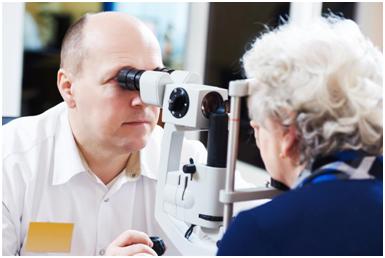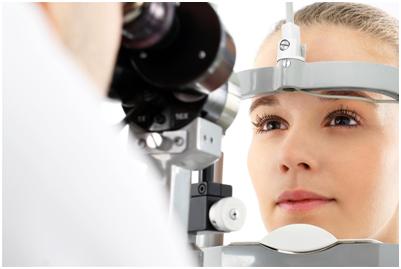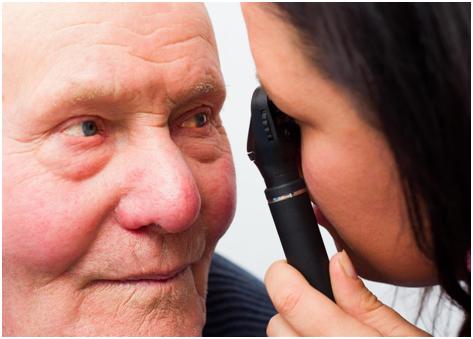|
Stopping “Sneak Thief” Glaucoma in Its Tracks
Glaucoma is often referred to as the “sneak thief of vision” because the disease progresses at an almost imperceptible rate until it suddenly causes a severe loss of vision. The disease affects nearly 3 million people in the U.S. and 60 million worldwide, but only
about half the people with the disease know they have it, according to the Glaucoma Research Foundation. One of the most famous examples of glaucoma’s subtle progress is professional baseball player Kirby Puckett, whose career was ended abruptly in 1996 when he woke one morning to find he had no vision in his left eye. Puckett, who was a Hall of Fame outfielder, had been completely unaware that he had the illness until it was too late to save the sight in his left eye.
Puckett’s experience with glaucoma serves as a cautionary tale concerning the importance of glaucoma awareness, and the importance of early detection and treatment. Specialized medical equipment, including
Diaton Tonometers, can help doctors catch glaucoma and begin treatment early. What Is Glaucoma? Glaucoma is a disease that causes damage to the optic nerve of the eye. This damage occurs when fluid builds in the front of the eye, increasing pressure on the eye. The increased pressure results in damage to the optic nerve. The optic nerve is linked to a layer of light-sensitive tissue inside the eye called the retina. The optic nerve carries signals from the retina to the brain, which interprets the signals, thus allowing you to see. A clear fluid called aqueous humor circulates through the front part of the eye. This humor helps provide nutrients to the eye, supports immune functions, and helps regulate pressure in the eye. In a healthy eye, the aqueous humor flows in and out of the front portion of the eye, but in eyes affected by glaucoma, the fluid does not flow out of the eye properly. This results in a build-up of pressure and damage to optic nerve fibers. Left untreated, glaucoma can cause blindness. In the U.S., more than 120,000 are blind as a result of glaucoma, accounting for about 9 percent to 12 percent of all cases of blindness. The World Health Organization reports that glaucoma is the second leading cause of blindness worldwide.
Certain groups of people are more at risk of developing glaucoma than others. African Americans are 15 times more likely to have visual impairments related to glaucoma, and the disease is six to eight times more prevalent among African Americans than whites. People who are diabetic, people over 60 years of age, and people with severe nearsightedness are also at elevated risk of developing glaucoma.
Types of Glaucoma Open-angle glaucoma affects more people than any other form of glaucoma. Open-angle glaucoma occurs when the trabecular meshwork of the eye gradually loses its effectiveness in draining fluid. This results in increased intraocular pressure and damage to the optic nerve. In the early stages of open-angle glaucoma, no symptoms are present, but over time blank spots will begin to appear in patients’ field of vision. These blank spots are often unnoticeable for some time until they become severe enough to affect vision to a degree that patients’ day-to-day activities suffer.
Glaucoma Symptoms? Unfortunately, symptoms of glaucoma often do not become noticeable until damage to the optic nerve has occurred. In many cases, these symptoms are mistakenly attributed to age-related vision problems. Some symptoms of glaucoma that may occur include:
Regular examinations by ophthalmologists using quality medical equipment can aid in the early detection of glaucoma. Eye doctors will use several medical devices and tests to evaluate patients’ eyes. Some of these include:
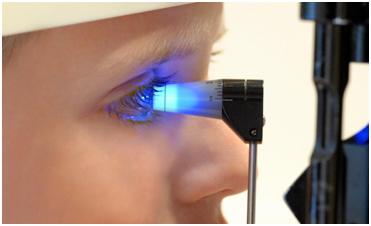
There are a number of glaucoma treatment options available, depending on the severity of the patient’s glaucoma and other factors. In most cases, if glaucoma is detected early, most patients with the condition will not lose their sight. Some common treatment include:
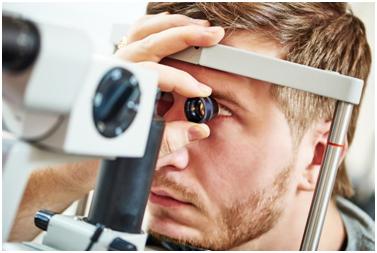
Medical Device Depot is the premier source of medical equipment online, selling a wide selection of medical supplies, surgical equipment, diagnostic equipment, clinic furniture, and much more. Medical Device Depot staff consists of experienced medical industry professionals and can answer all questions about products. All products are warrantied, and Medical Device Depot will match competitors’ prices. For great deals on Diaton Tonometers and other medical equipment, visit Medical Device Depot today. |


